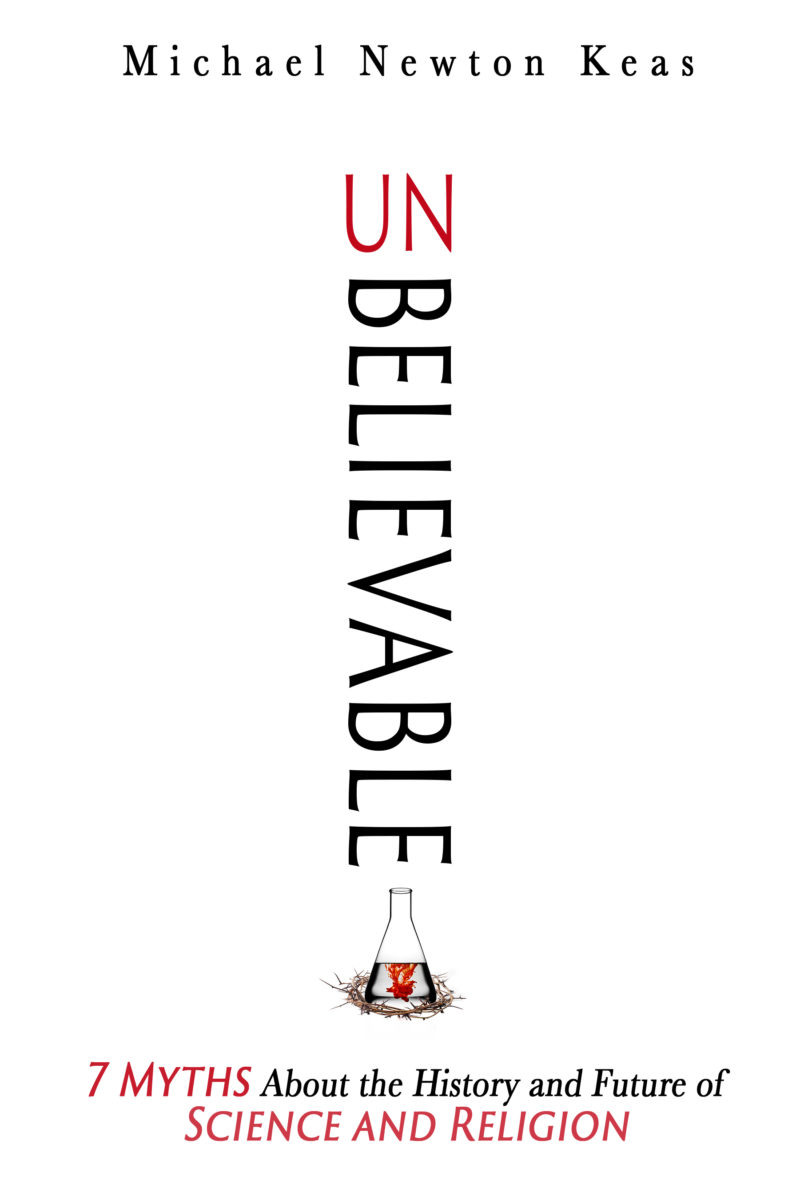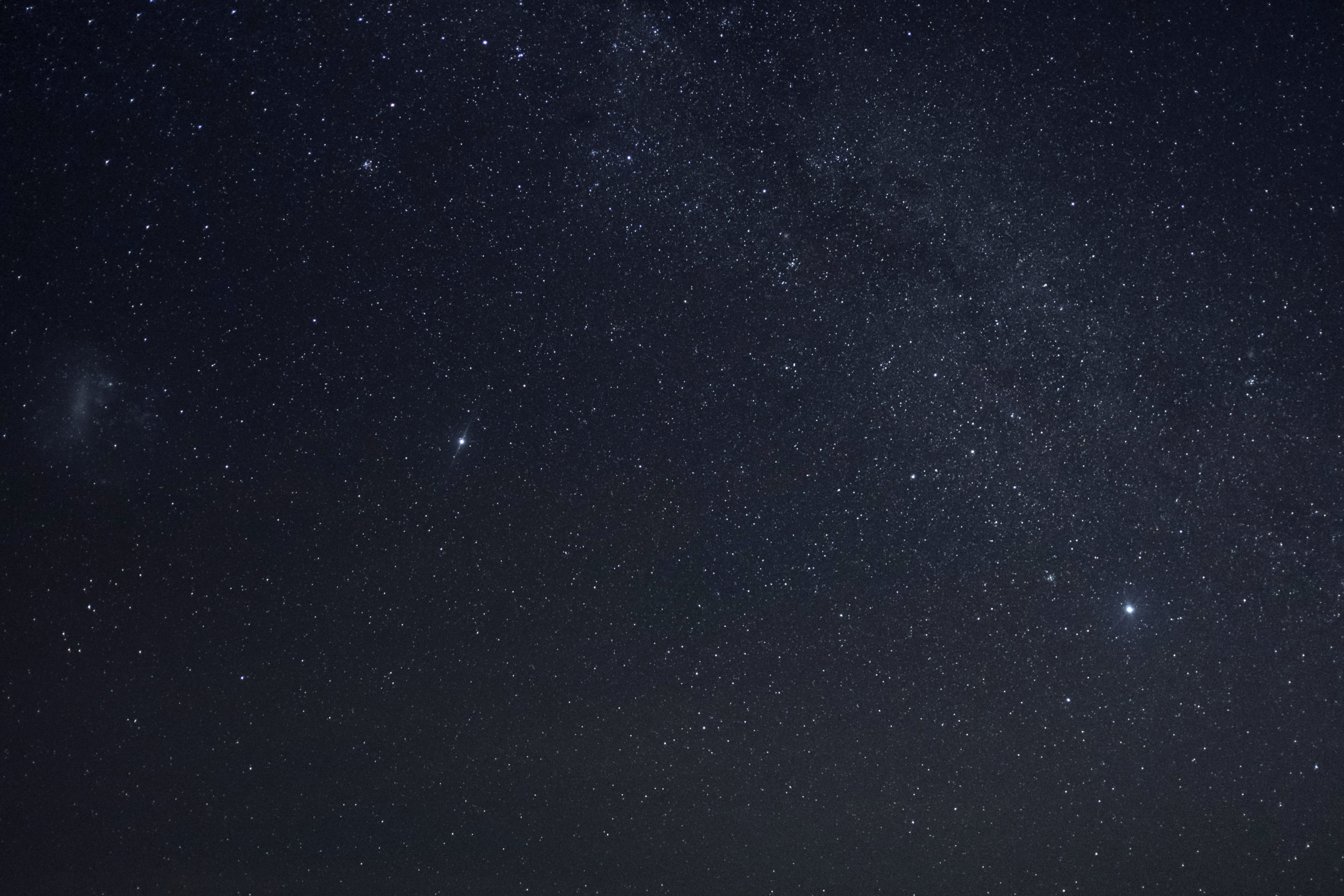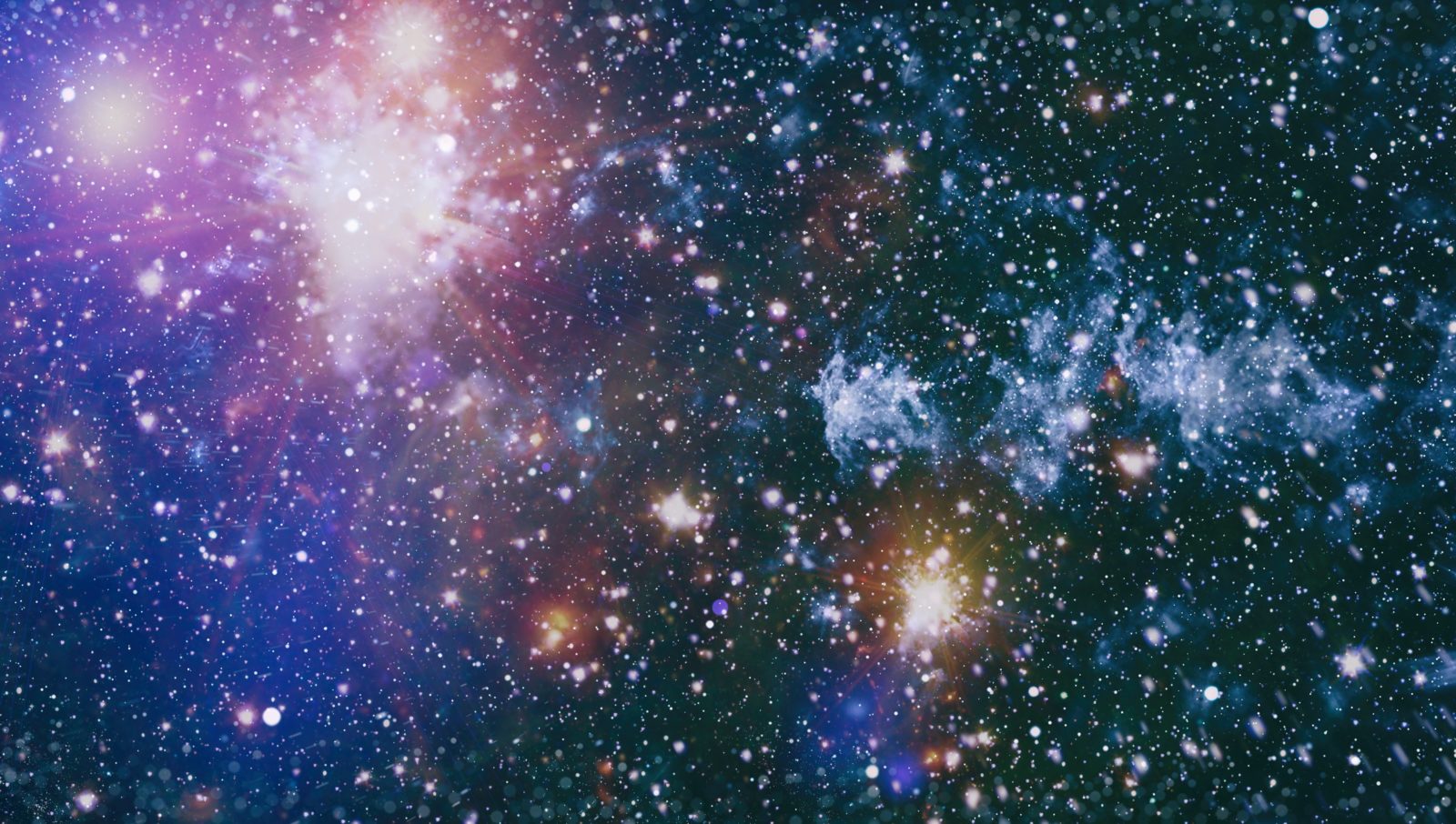


Unbelievable
Scientists love to tell stories about the quest to understand the universe — stories that often have profound implications for belief or disbelief in God. These accounts make their way into science textbooks and popular culture. But more often than not, the stories are nothing but myths. Unbelievable explodes seven of the most popular and pernicious myths about science and religion. Read More ›
Out in November, New Book Debunks Myths of Science Versus Religion
Praising science as way to implicitly, or explicitly, club religion over the head is a familiar feature of our culture. It’s not new, either. Mike Keas examines the phenomenon in a forthcoming book, out in November, Unbelievable: Seven Myths About the History and Future of Science and Religion. Rob Crowther chatted with Dr. Keas, a Discovery Institute Senior Fellow, at Read More ›

The Pale Blue Dot Revisited
A recurring theme of the 1994 book Pale Blue Dot, by the late astronomer Carl Sagan, is that we are insignificant in the cosmic scheme. In one memorable passage, Sagan pushes this point while reflecting on an image of Earth taken by Voyager 1 in 1990 from some four billion miles away. He writes:
Because of the reflection of sunlight … Earth seems to be sitting in a beam of light, as if there were some special significance to this small world. But it’s just an accident of geometry and optics … Our posturings, our imagined self-importance, the delusion that we have some privileged position in the Universe, are challenged by this point of pale light. Our planet is a lonely speck in the great enveloping cosmic dark. In our obscurity, in all this vastness, there is no hint that help will come from elsewhere to save us from ourselves.
You might think that Sagan had an eccentric, melancholy personality. But his sermonette actually expresses an idea popular among modern scientists known as the Copernican Principle. Its proponents trace the history of the principle to its namesake, Nicolaus Copernicus (d. 1543). According to the popular story, Copernicus demoted us by showing that ours was a sun-centered universe, with Earth both rotating around its axis and revolving around the sun like the other planets. He dislodged us from our place of centrality and, therefore, importance. Scientists since Copernicus have only reinforced this initial dethroning. Or so the story goes.
Open virtually any introductory astronomy textbook and you will read some version of this story. It has a single, decisive, problem: it’s false. Historians of science have protested this description of the development of science for decades; but so far, their protests have not trickled down to the masses or the textbook writers.
The real story is much more subtle. We can only sketch its outlines here. The pre-Copernican cosmology was a combination of the physical and metaphysical vision of the Greek philosopher Aristotle (384-322 BC), and the observations and mathematical models of Ptolemy (circa 100-175 AD) and other astronomers. The universe they envisioned was a set of nested, concentric spheres that encircled our spherical, terrestrial globe, a model that nicely explained a whole range of astronomical phenomena in the pre-telescope era. The crystalline spheres were thought to connect so that the movement of the outer, stellar sphere of the stars moved the inner spheres that housed the planets, Sun, and Moon. This model gave order to the east to west movement of the Sun and the Moon, the celestial sphere encircling the celestial poles, and the perplexing and somewhat irregular paths of the known planets.
Read More ›
Copernicus Stages A Comeback
More than sixty years after the famous Galileo “The Earth it Moves” trial in Rome, Copernicus is in the news again, this time in the form of a so-called theory of universal gravitation (or UG, as it has come to be known). Headquartered at the Royal Society, a think tank in London funded by well-heeled royalist donors, members of the Read More ›